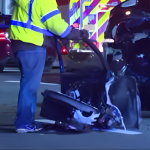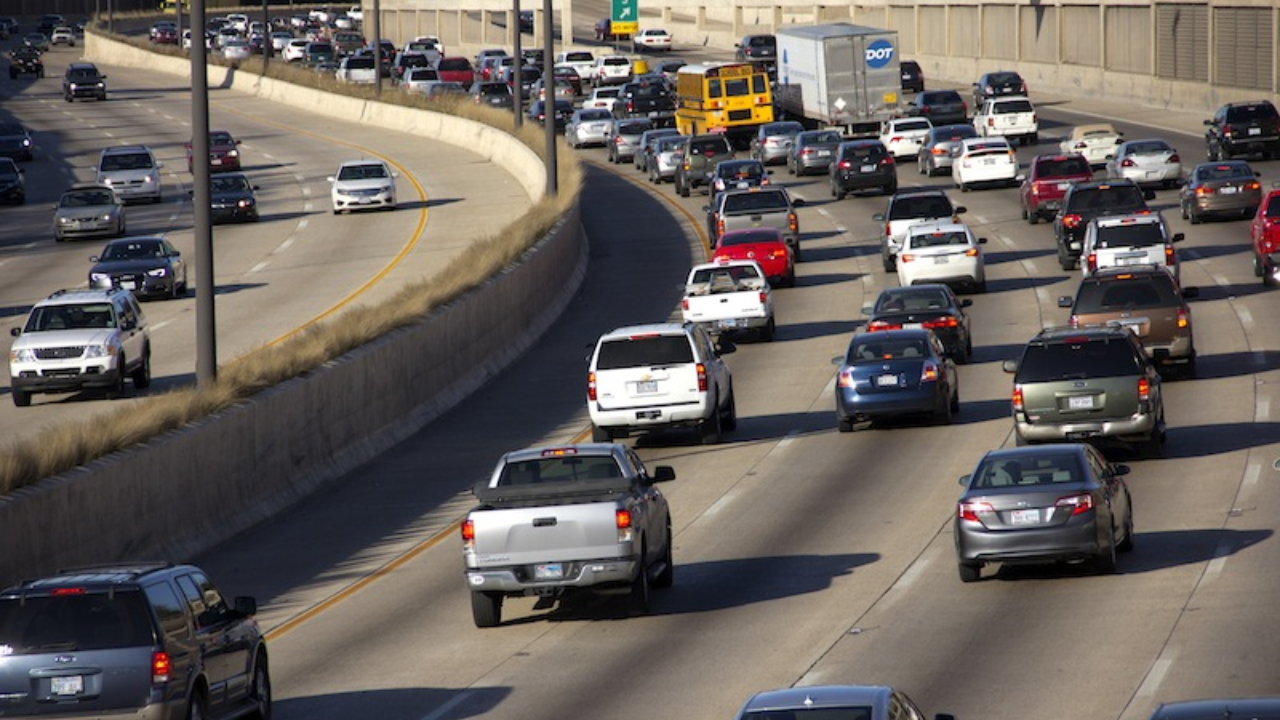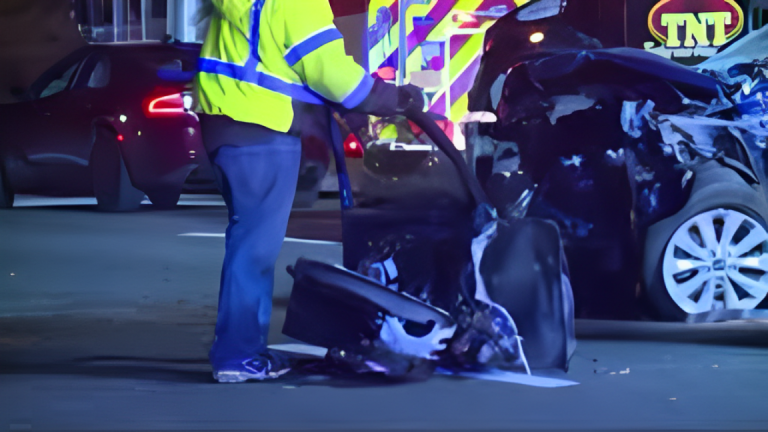Understanding right-of-way rules is essential for safe driving in Dallas, Texas. These laws dictate who must yield in various traffic situations, helping to prevent accidents and ensure smooth traffic flow.
However, confusion over these rules can lead to dangerous situations. In one recent year, failure to yield the right-of-way resulted in more than 100,000 traffic accidents in Texas.
Intersections
At intersections, right-of-way rules vary depending on traffic controls:
- Uncontrolled Intersections: When two vehicles approach an intersection without traffic signals or signs simultaneously, the driver on the left must yield to the driver on the right.
- Stop Signs: If you approach an intersection with a stop sign, you must come to a complete stop and yield to any vehicle that has entered the intersection from another highway or is approaching so closely as to be an immediate hazard.
- Traffic Lights: At a green light, you may proceed straight or turn right, but must yield to pedestrians and other vehicles lawfully within the intersection. When turning left, yield to oncoming traffic and pedestrians. A red light requires a complete stop; you may turn right after stopping if it’s safe and no signs prohibit it, but you must yield to other traffic and pedestrians.
Pedestrians
Pedestrians have specific rights at intersections and crosswalks:
- With Traffic Signals: Pedestrians may cross when facing a green light or a “Walk” signal. Drivers must yield to pedestrians lawfully within a crosswalk.
- Without Traffic Signals: At intersections without signals, drivers must yield to pedestrians in the crosswalk. Even if a pedestrian is crossing illegally, drivers are expected to exercise caution to prevent accidents.
Merging and Lane Changes
When roads merge or lanes end, right-of-way rules help maintain order:
- Entering a Highway: Drivers entering a highway must yield to vehicles already traveling on the highway.
- Lane Changes: When changing lanes, yield to vehicles in the lane you intend to enter. Use signals to indicate your intentions and ensure the lane is clear before moving over.
Emergency Vehicles
Texas law requires drivers to yield to emergency vehicles:
- Approaching Emergency Vehicles: When an emergency vehicle with activated sirens or flashing lights approaches, drivers must pull over to the right edge of the roadway and stop until the vehicle has passed.
- Stationary Emergency Vehicles: If approaching a stationary emergency vehicle with flashing lights, drivers must either vacate the lane closest to the vehicle or slow down to 20 mph below the posted speed limit. This “Move Over or Slow Down” law was expanded in 2023 to include utility service vehicles.
Read More:
- Durbin Introduces Bipartisan Rural Hospital Closure Relief Act!
- Illinois & NW Indiana Hit by Snowstorm Tonight – Stay Safe on Icy Roads!
School Buses
Special rules apply when encountering school buses:
- Loading or Unloading: Drivers must stop when approaching a school bus displaying flashing red lights and an extended stop sign, regardless of the direction of approach. Do not proceed until the bus resumes motion, the driver signals to proceed, or the lights and signs are deactivated.
Common Misconceptions
A prevalent misconception is that at a four-way stop, the driver on the right always has the right-of-way.
In reality, the first vehicle to arrive and stop at the intersection has the right-of-way. If two vehicles arrive simultaneously, the driver on the left should yield to the driver on the right.
Consequences of Failing to Yield
Failing to yield can result in severe consequences:
- Legal Penalties: Drivers can receive traffic tickets with fines ranging from $175 to $500, depending on the severity of the violation. In cases involving accidents or injuries, penalties can be more severe.
- Accidents: Failure to yield is a leading cause of traffic accidents in Texas, often resulting in injuries or fatalities.
Staying Informed
For comprehensive information on right-of-way rules and other traffic regulations, consult the Texas Department of Transportation’s official resources.
Additionally, the City of Dallas provides guidelines on right-of-way management and traffic control.
Understanding and adhering to right-of-way rules is crucial for all drivers in Dallas. By following these guidelines, you contribute to safer roads and help prevent accidents.
Disclaimer- Our team has thoroughly fact-checked this article to ensure its accuracy and maintain its credibility. We are committed to providing honest and reliable content for our readers.






















+ There are no comments
Add yours